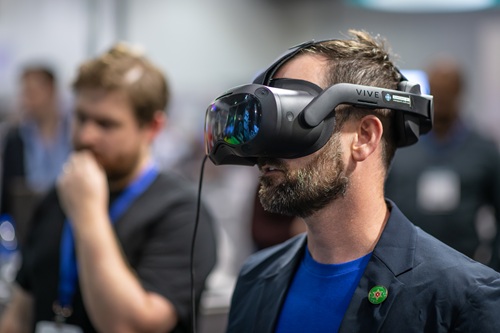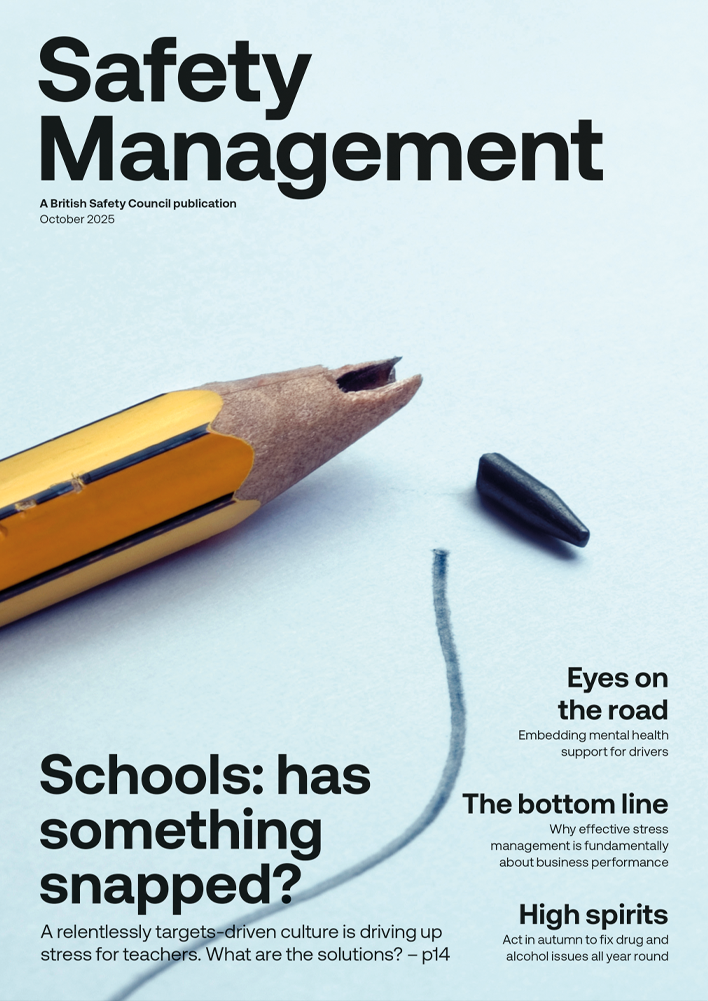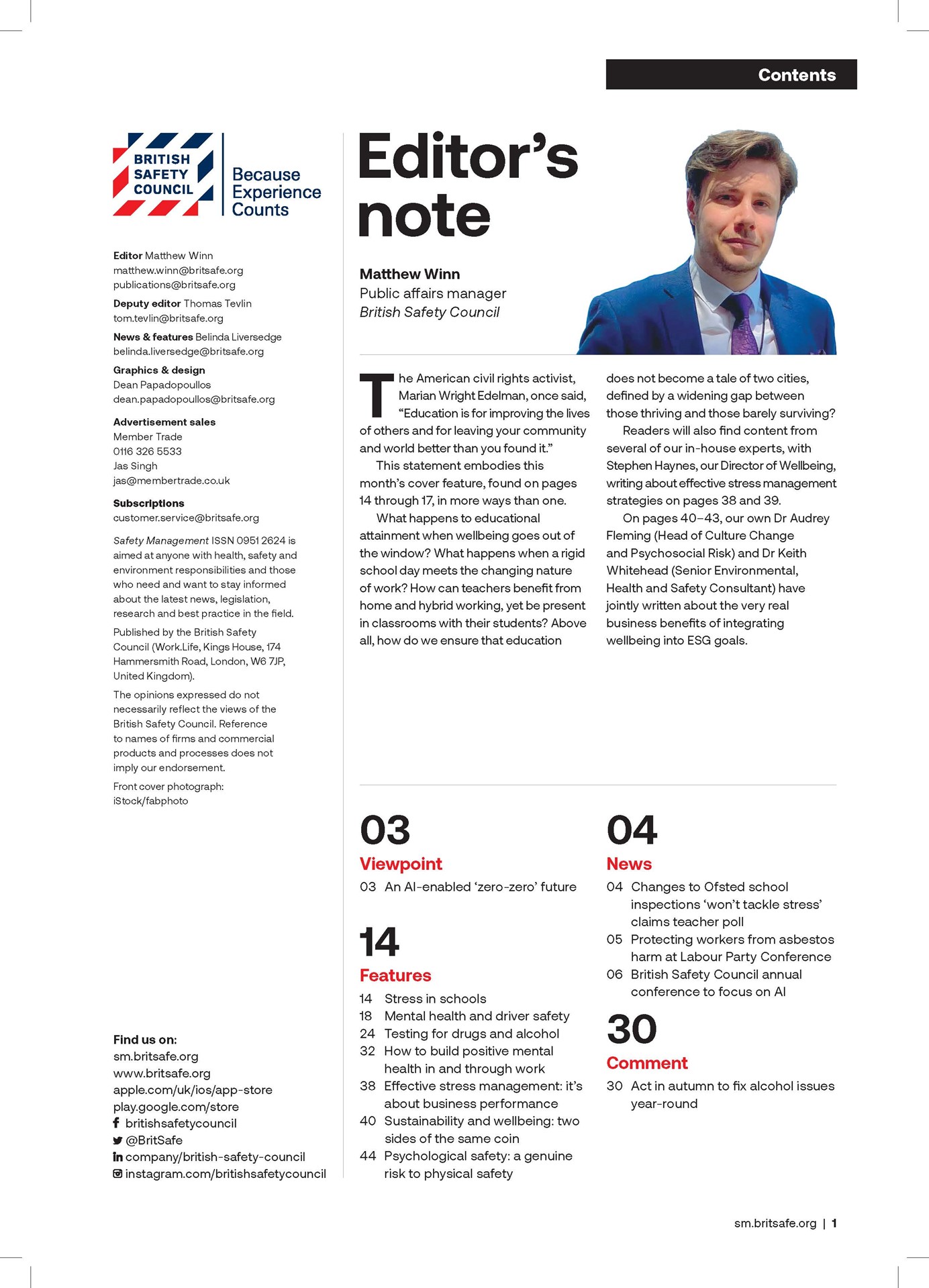For the foreseeable future this year, all conferences and events will either not take place, or go digital. The government made this clear in its updated guidance of 24 June, banning all gatherings of over 30 people and ordering venues to remain closed.
Features
What’s the future for conferences and events?
Such circumstances are forcing organisers to be resourceful. Informa’s Digital Week took the slot in the calendar marked for the Safety Expo, from 18 to 22 May. It featured all the strands of the live event: wellbeing, health, safety and the future of work.
Safety Management reports on the highlights of Digital Week, considers the future of attending events and asks two industry spokespeople what they think about returning to venues.
Virtual possibilities
Conference organisers will be keen to return to normal once it is safe to do so from a Covid-19 perspective. But technology is fast changing to offer a new kind of experience to people attending work-related events.
 Will we ever go back, and in the same numbers to conference halls currently sitting empty?
Will we ever go back, and in the same numbers to conference halls currently sitting empty?
Virtual event venues – where companies offer broadcast studio quality services to facilitate webcasting and event design – are on the rise according to event industry website, the event manager. In a souped-up version of changing your Zoom background, it may be possible to watch a panel debating in front of a roaring fire or in a hotel in Singapore, saving you the air fare of flying there.
Digital and live – the perfect complement?
Others see the future of digital and live events co-existing and complementing each other. “We know that making digital connections aren’t a direct substitute for face-to-face networking but the engagement levels that we saw during Digital Week demonstrate that they can be a valuable complement to a live event programme,” says Charlotte Geoghegan, event manager at Informa, organisers of Digital Week and the Safety Expo. “This is particularly true when you have audiences looking to consume content that is created in a far more spontaneous fashion than physical event cycles allow.”
With Microsoft announcing that all its events will be digital only until July 2021, others speculate that digital will be the death knell of the live event. With the capacity to broadcast to millions of people, no matter where they are, organisers may decide that there’s more money to be made from unlimited audience numbers.
However, economics don’t yet justify the shift. Digital Week pulled in 8,000 unique visitors over the week, half the number live Safety Expo usually attracts (14,000). Mark Bennardo, founder and creative director of Transperia Group, Inc., speaking to the event manager website, says the industry will have to work hard at innovating when it comes to delivering successful digital experiences.
“We can’t just ‘lift and shift’ our programs and content from a live setting to a virtual platform, and think they will work the same. We no longer have the benefit of a captive audience sitting in a ballroom. We no longer control their schedule. We no longer own the environment. The rules have completely changed.”
Read our report of Digital Week highlights here: bit.ly/2BvatAa
FEATURES

Why menstruation support matters at work
By Deborah Garlick, Menstruation Friendly by Henpicked on 03 December 2025
Although forward-thinking organisations are increasingly taking action on menopause awareness and support at work, attention is now turning to menstrual health as the next essential step in building an inclusive, equitable and high-performing workplace.

Neurodiversity at work: getting started on creating a supportive environment for neurodivergent workers
By Andy Hooke CMIOSH Chartered health and safety consultant on 03 December 2025
Creating a neuroinclusive workplace brings many benefits, including making neurodivergent employees more comfortable about seeking help and support from managers and colleagues, and there are some simple ways of getting started with the process.

Human-centred technology for better work design: rethinking musculoskeletal disorder prevention
By Cam Stevens, Pocketknife Group on 03 December 2025
Although technologies like computer vision analysis, machine learning and wearable sensors are increasingly being used to identify and assess the causes of work-related musculoskeletal disorders (MSDs), it’s essential to consider data relating to all aspects of work design when seeking to reduce MSDs in the workplace.



